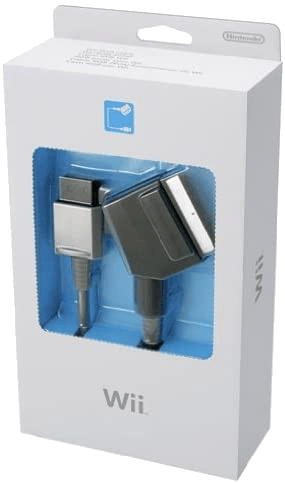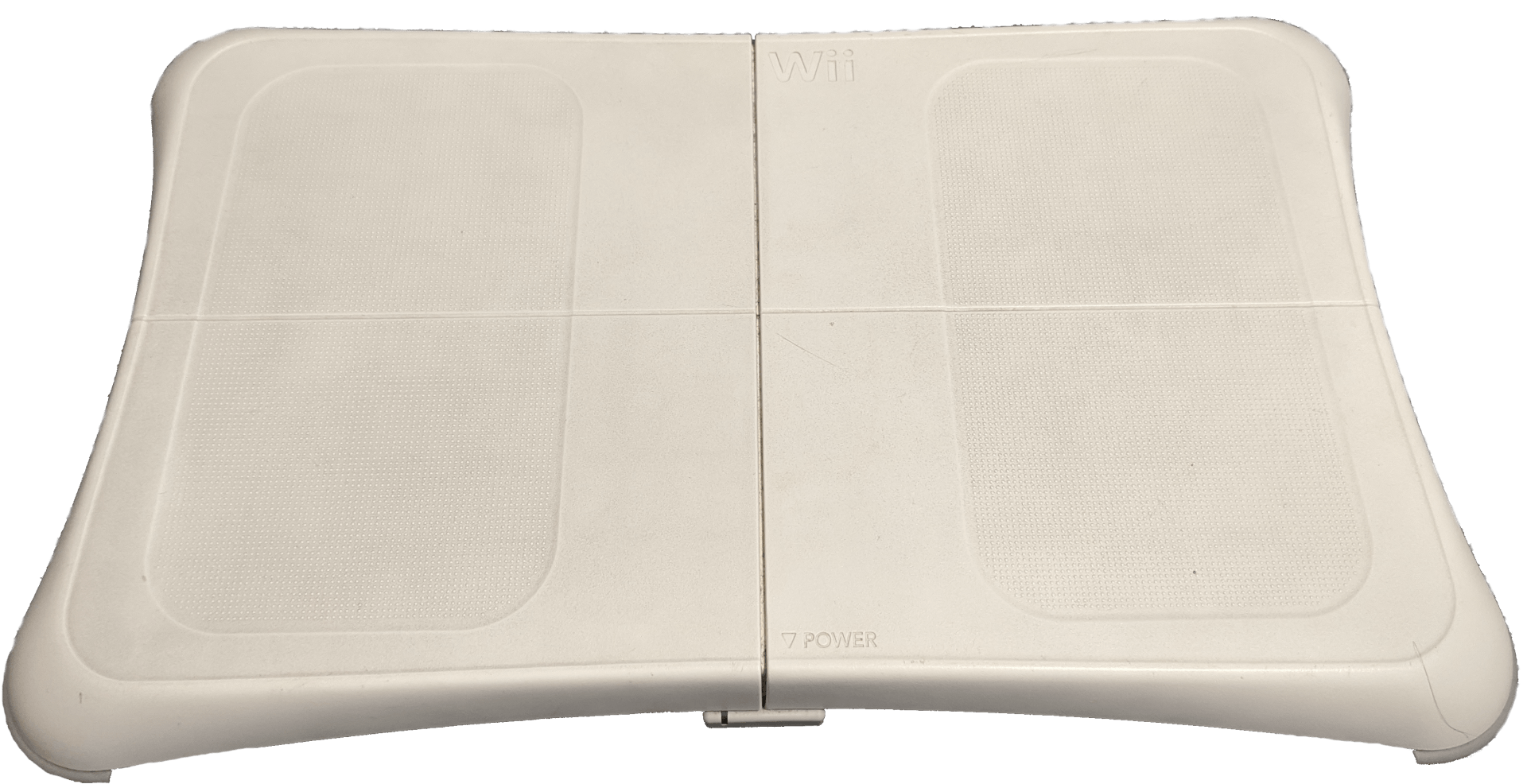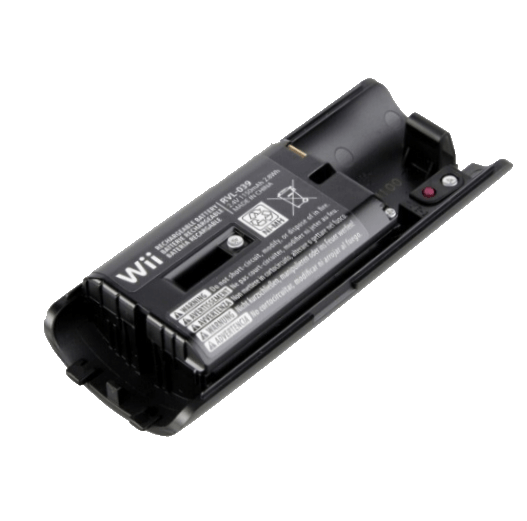Welcome to Luckless Heaven! This website is (soon to be) the biggest encyclopedia for Nintendo-related information on the Internet. Currently under construction.
Wii
The Wii console is very compact, being about the size of three DVD cases. The console can be set up vertically or horizontally, and comes with a special slanted stand if you choose to display it vertically, making it surprisingly flexible. The Wii is also backwards compatible with GameCube games, controllers and memory cards because the architecture is the same. Despite initially being revealed in a wide range of colours, the Wii was only available in white, black, blue and red.
Front input slots: SD card slot
Back input slots: AC adapter slot, AV slot, USB slot x2
Power supply:Dedicated AC adapter (RVL-002)
Dimensions: 157mm vertically x 144mm horizontally x 215.4mm thick
Mass:Approximately 1200g
Wii Remote
The Wii Remote is the standard controller of the Wii and was included with the Wii console, as well as the release game "Wii Play". It was also sold separately but was ultimately discontinued after being replaced by the Wii Remote Plus in late 2010. Unlike the conventional horizontal controller that is often used with most game consoles, which is held by both hands, it has a vertically long design that can be held with one hand, or held sideways with both hands like a conventional controller, making it much more flexible. It's the first Nintendo controller since the SNES controller to not have an analog stick, though analog sticks can be used with additional controllers. Since the Wii Remote is connected to the main unit by Bluetooth, it does not require a connection cable, and buttons can be operated without pointing to the sensor bar. Games can be controlled simply shaking the Wii Remote due to a built-in accelerometer, to make games more accessible to casual gamers. Lastly, there is a built-in speaker that will play sound effects from objects that the Wii Remote is being used to control, creating a more immersive experience.
RVL-003(-01)
The Wii TV Remote Control was given to Platinum members of Japanese Club Nintendo. As the name suggests, it is a universal TV remote control that is exactly the same shape as the Wii Remote, but cannot be used as a Wii Remote. The LED color is green to distinguish it from the standard Wii Remote.
RVL-003(-02)
The RIS Wii Remote is a wired Wii Remote for use with the Wii Station kiosk. The Wii Remote is connected to a controller hub using a thick, white, coiled cable, though it's unknown what kind of connection the wire uses. When displaying a Wii Wheel at a Wii Station, a normal retail Wii Wheel with a hole cut-out at the back is used with a RIS Wii Remote, with the cable leading from out of the Wii's battery slots.
See here for pictures of the back of the remote, and click here and here to download documents written about this variant.
Nunchuk
The Nunchuk is an extra controller that can be connected to the Wii Remote by a wire. It has an analog stick, motion sensor and 2 extra buttons (C and Z buttons). The Nunchuk could only be used with compatible games, but it had widespread use, generally being used for games that needed extra buttons or more precise movement via the analog stick. The Nunchuk is included with the main Wii console but could also be purchased separately.
RVL-004(-01)
The RIS Nunchuk is a Nunchuk with a different wire, for use with the Wii Station kiosk. The Nunchuk is connected to a controller hub using a thick, white, coiled cable, though it's unknown what kind of connection the wire uses.
See here to download a document written about this variant.
Classic Controller
The Classic Controller is an extra controller that can be connected to the Wii Remote by a wire. It more closely resembles the shape of a conventional game controller, and has more buttons than the Wii Remote and Nunchuk combined. It has seven face buttons, four should buttons, a d-pad and two analog sticks. The Classic Controller was mostly intended for use with the Virtual Console, as Nintendo 64 games required more buttons that the Wii Remote and Nunchuk could provide. However, its popularity meant that several newer releases allowed for Classic Controller compatibility. It was sold separately from the Wii console.
RVL-005(-01)
The Wii Super Famicom Classic Controller was only available to Platinum members of the Japanese Club Nintendo in 2007. The shape of the controller is the exact same as the original Super Famicom controller, meaning that it lacks the two analog sticks, two extra shoulder buttons and HOME button that the standard Classic Controller has, but is still used by connecting it to the Wii Remote. This allowed people to play Super Famicom games from the Virtual Console with a more authentic-feeling controller.
RVL-005(-02)
The Classic Controller Pro is an ergonomically improved version of the Classic Controller. It's largely the same controller with the same features, but has two grips and the shoulder buttons are no longer pressure-sensitive, and are arranged behind each other in pairs, rather than arranged across the top of the controller in a row. These changed makes the controller very similar to Sony's various PlayStation controllers. This controller is still connected to the Wii Remote by wire. It was sold separately starting from 2009; in time for "Monster Hunter Tri"'s release.
RVL-005(-04)
The Wii Super NES Classic Controller was only available to members of the European/Australian Club Nintendo in 2010. The shape of the controller is the exact same as the original Super NES controller, but is used by connecting it to the Wii Remote. Much like the Wii Super Famicom Classic Controller, this allowed people to play Super NES games from the Virtual Console with a more authentic-feeling controller.
RVL-005(-05)
Referred to as the "Classic Kumi Controller" in the manual, this model of Classic Controller comes with the Partner CTR set of Nintendo 3DS dev kits, manufactured by Intelligent Systems. This controller model very similar to the Classic Controller Pro, but has a ferrite core towards the end of its cable, likely to reduce electromagnetic noise from the cables around it. This controller comes in a unique black and white colour scheme, similar to the colour scheme of the Nintendo DSi "Panda" dev kit.
Unidentified
Note: The AV cables that are usually labelled RVL-009 are labelled as RVL-008 in an official Wii manual last modified in July 2006 (a few months before the Wii's release in November 2006). Whether this is referencing a prototype AV cable or is simply an error is unknown, but can be viewed here.
LAN Adapter
The LAN Adapter allows the Wii to use a wired LAN connection, providing a faster and more stable Internet connection. The LAN Adapter is connected to the USB port on the back of the console. This was sold separately in December 2006, a little after the Wii's release. Nintendo continue to sell it today, as it is also compatible with later consoles, the Wii U and Switch.
Wii Remote Jacket
A silicon rubber protective cover to put over the Wii Remote. From late 2007 onwards, separately purchased Wii Remotes began being bundled with the Wii Remote Jacket, along with the improved wrist strap due to safety concerns among the public. Later Wii Remote Jackets lack the Wii logo on the back, but were adjusted for the new Wii Remote Plus controllers, with a small hole on the back for easy access to the Wii Remote's sync button.
Wii MotionPlus
The Wii MotionPlus is a small device that can be attached to the bottom of the Wii Remote to more accurately detect movement via a built-in gyrometer. It plugs into the Wii Remote's extension port, but also features its own extension port, allowing for the Nunchuk and other extra controllers to be used with MotionPlus still attached. The Wii MotionPlus was released in the Summer of 2009, bundled with "Wii Sports Resort" and saw a lot of support from future Wii releases.
Wii Cleaning Cloth
A small gray cleaning cloth for the Wii. It was only ever bundled with black-coloured Wii consoles in Japan.
The hardware number cannot be found on the cloth. Source of the number is here.
Wii Remote Plus
The Wii Remote Plus is a standard Wii Remote with the Wii MotionPlus peripheral built-in. Another small feature for Wii Remote Plus models made after 2010 is that the Sync button is now accessible on the back of the remote, without needing to open the battery compartment. The Wii Remote Plus was released in November 2010 and were both packaged in with all new Wii consoles and sold separately.
Wii Remote Rapid Charging Stand
The rapid charging stand is for charging a Wii Remote with a rechargeable battery pack. The WAP-002 AC adapter commonly used to charge DSi and 3DS models is used to power the rapid charging stand. The rapid charging stand was sold alongside the rechargeable battery pack, a WAP-002 charger and a new remote jacket in the Wii Remote Rapid Charging Set.
RVL-040A
The rapid charging stand was revised at one point but it's uncertain what was actually changed.
Wii Family Edition
Launched in Europe and the United States from the end of 2011, the Wii Family Edition was released as a cheaper model of Wii, with no backwards compatibility with GameCube games, controllers or memory cards. The text on the front of the console has also been changed so that it can be read naturally when placed horizontally, as the Wii Family Edition is not packaged with the Wii Stand.











































